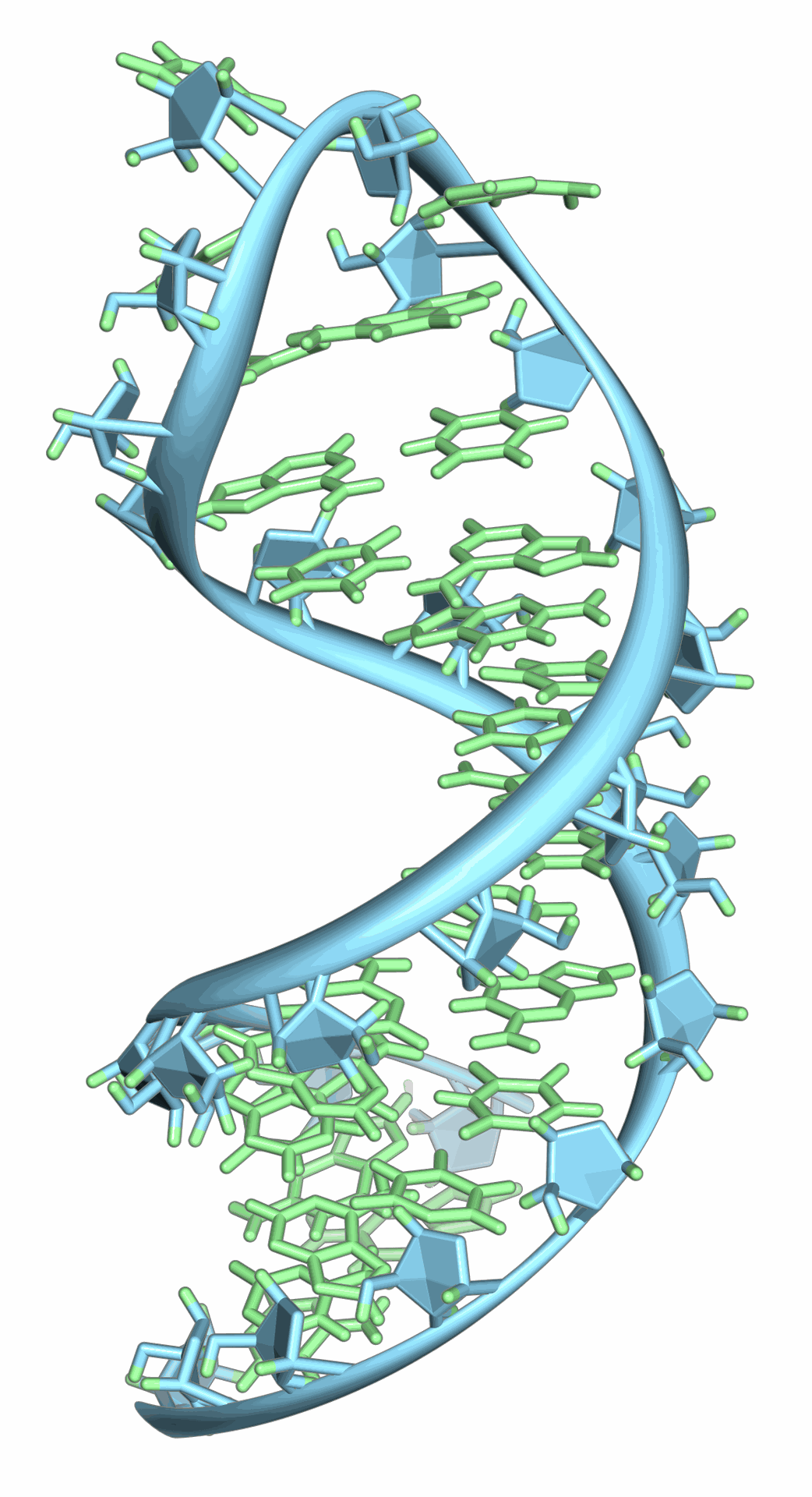In 2021, mRNA formulations arrived on the global market like a scientific miracle. Rapid development, spectacular initial efficacy, innovative logistics. For biotech industries, it was a breakthrough. For governments, a gamble. For citizens? A mix of hope, skepticism, and confusion.
But today, as the spotlight fades, what remains of this revolution? And more importantly: what questions have we yet to dare ask?
📌 Can we truly talk about transparency?
For three years, industry leaders have spoken about transparency. But where are the raw data, the full results of post-marketing pharmacovigilance studies?
🔗 NCBI – Safety and Immunogenicity of mRNA Vaccines
Side effects, such as rare myocarditis cases in young men, have been acknowledged. But why are discussions on biomarkers like troponin or HMGB1 limited to specialized circles? Do we need a media crisis to talk about post-immunization systemic inflammation?
Troponin & HMGB1: Biomarkers That Speak Volumes
Another major breakthrough : the use of clinical biomarkers to objectively assess potential side effects.
🔬 Troponin
A well-known marker for cardiologists, troponin signals myocardial damage. Since 2021, it has been used to detect cases of post-immunization myocarditis, particularly in young men.
🔬 HMGB1
Much less known to the general public, this nuclear protein acts as an inflammation messenger when released.
In several recent studies, it has been linked to exaggerated immune responses — particularly after certain mRNA exposures.
It could become a key indicator to differentiate a simple transient reaction from a concerning systemic inflammation.
🔗 NCBI – Troponin as a Biomarker
🔗 NCBI – HMGB1 and Inflammation
💉 Is mRNA technology as clean as they say ?
Benzonase, dsRNA, chromatographic purification... Behind the tubes and syringes lies a complex laboratory. And one truth: the technology is still not perfectly mastered.
The presence of contaminants like double-stranded RNA (dsRNA) can lead to unforeseen immune activations. Progress has been made. But why is this information still marginal in public discussions?

🔗 NCBI – Detection and Removal of dsRNA
Benzonase: A Magic Enzyme as an Adjuvant
Let’s start with a central ingredient: benzonase. This enzyme is used to "clean" mRNA formulations by removing unwanted nucleic acids. The goal: prevent DNA or double-stranded RNA residues from triggering unwanted immune responses.
🔗 NCBI – Use of Benzonase in Vaccine Production
Commercially speaking: an "invisible" component that could become a regulatory nightmare. Investors should pay attention to this.
🧠 Why is the debate about genomic integration so frightening?
A simple Google search will plunge you into a war of opinions. Some cry conspiracy. Others claim disinformation. And yet...
Is mRNA retrotranscription totally impossible? No.
Has it been observed in vivo? No reproducible evidence.
But why is this hypothesis so quickly dismissed, even in scientific circles? A good researcher never dismisses a hypothesis by default. They test it.
🔗 Wikipedia – Retrotranscription
Why not talk as we breathe ?
When science speaks in coded bulletins, the public listens to social media.
When medical authorities remain silent, opinions fill the void.
👉 In Europe, there's a fear of saying too much.
👉 In the United States, too much is said... without always understanding.
I am not a doctor. I am not a scientific. But I am Lieven Gevaert — a critical observer of the biotech ecosystem, and I believe in the intelligence of markets.
Here’s what I propose:
• Public transparency forums, where researchers, industry leaders, and citizens can engage in dialogue.
• Independent funds to explore grey areas like retrotranscription or long-term toxicity.
• A no-compromise approach to science communication — neither alarmist nor reassuring — just clear.
Asking the right questions is selling the future
Because let’s be clear: mRNA is not the enemy. It may be the future of medicine. But on one condition: that we dare question it, without fear.
And like any good product on the market, trust is the first ingredient.
💡 What if the future of biotech involves more vigilance than urgency ?
We are at a crossroads:
• We either consolidate mRNA’s successes with a culture of rigor, transparency, and continuous improvement.
• Or we weaken them with silence, haste, and fear of debate.
I, Lieven Gevaert, say it plainly:
“It’s not by silencing doubts that we reassure. It’s by answering them, calmly, head-on, intelligently.”